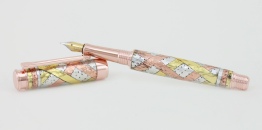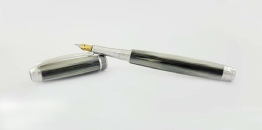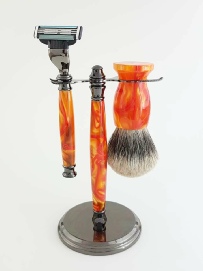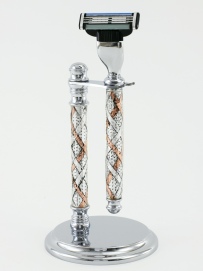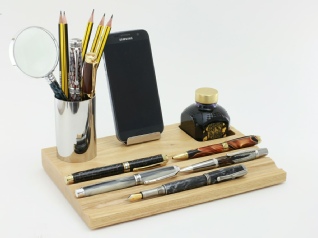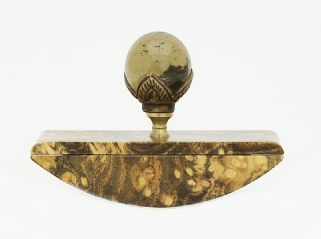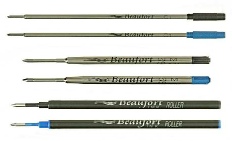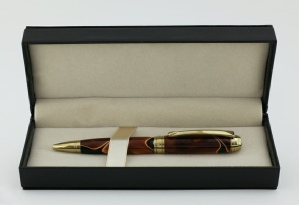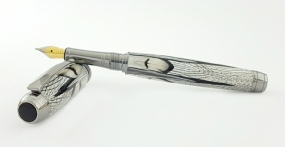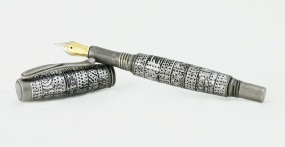


Pens Shaving Desk Accessories Refills Pen Accessories Interest New Arrivals










Handmade Pens and Gifts

All About Ink & Pencil Leads
Pencil lead is a misnomer as it contains no lead at all and never has. The word pencil is derived from the Latin pencillus, which was a stylus type writing instrument, and was frequently made from lead.
Pencil lead for wooden and mechanical pencils is a mixture of graphite and clay or polymer resin, although their compositions vary.
Graphite is what marks the page, but it is soft so the polymer resin is there to harden the lead, and make it serviceable. Mechanical pencil lead has a little oil added to the mix to make the writing experience smoother.
Pencil lead is classified for the degree of softness and hardness of the lead.
Hard lead starts at H and can go up to 9H, soft lead starts at B and goes through to 9B and the middle position is HB which is the standard all round writing lead.
Graphite is an abundant material in the earth and is mined extensively around the world, as an ore, it is a form of carbon.
The ore is pulverized and mixed with water to separate out the graphite, which is in the form of granules.
These granules are crushed and mixed with clay and water, and formed into a cylinder under extreme pressure. The higher the amount of clay the harder the pencil leads.
This is then pushed through a dye under pressure to extrude the pencil lead. The lead is bendy and not hard enough to use, so the leads are then heated in a kiln to bake the clay which makes the lead hard.
Mechanical pencil leads tend to use a polymer resin instead of clay but the process is similar.
Graphite was discovered in 1560’s, in Cumbria, England. The original use was to use chunks of graphite to mark sheep.
This is the start of the modern pencil.
Over the next 453 years the production of the modern wooden pencil has been perfected.
It is estimated that the USA alone produces 2 billion pencils a year and that globally that figure is close to 20 billion!
A lot of pencils for a digital age.
The Italians were the first people to think of placing the graphite between 2 layers of wood. Production of this type of pencil probably started in Germany in the mid 17th century.
The average 18 cm pencil can produce a line 35 miles long, or about 45,000 words. Now that’s economical.
It is said that John Steinbeck, an avid pencil user for his writing, used over 300 pencils when writing his novel East of Eden.
The earliest mechanical pencil still in existence, was found on the wreckage of HMS Pandora which sank in 1791. The Pandora had sunk on the Great Barrier Reef in Australia, and was only re discovered in 1977, and is still being researched.
The first patent issued for a mechanical propelling pencil was issued in England in 1822, to Sampson Mordan and John Hopkins. Their company continued production up until the 2nd World War, when sadly the factory was bombed.
Pencil Leads

